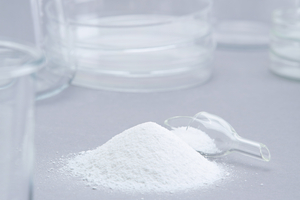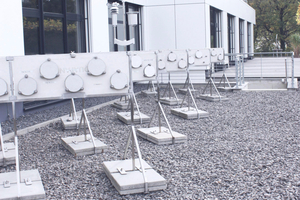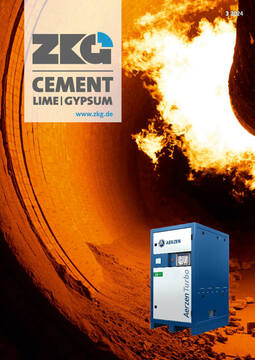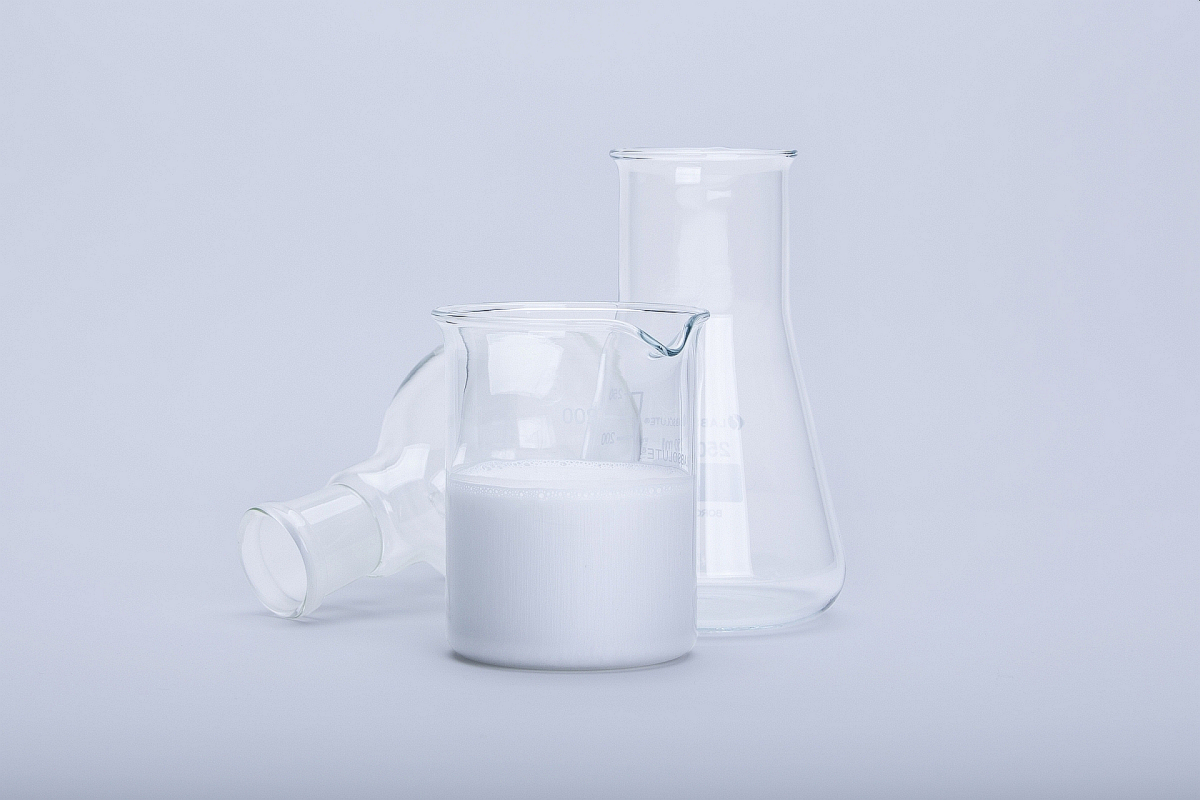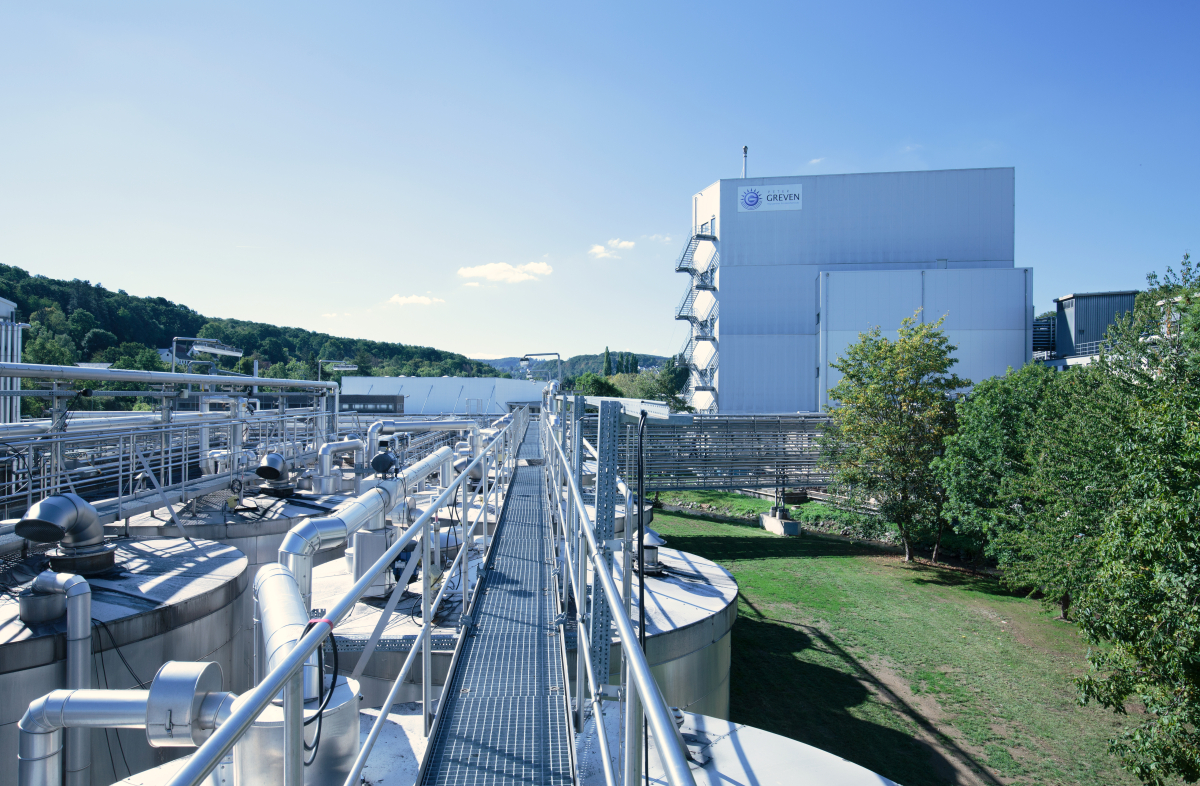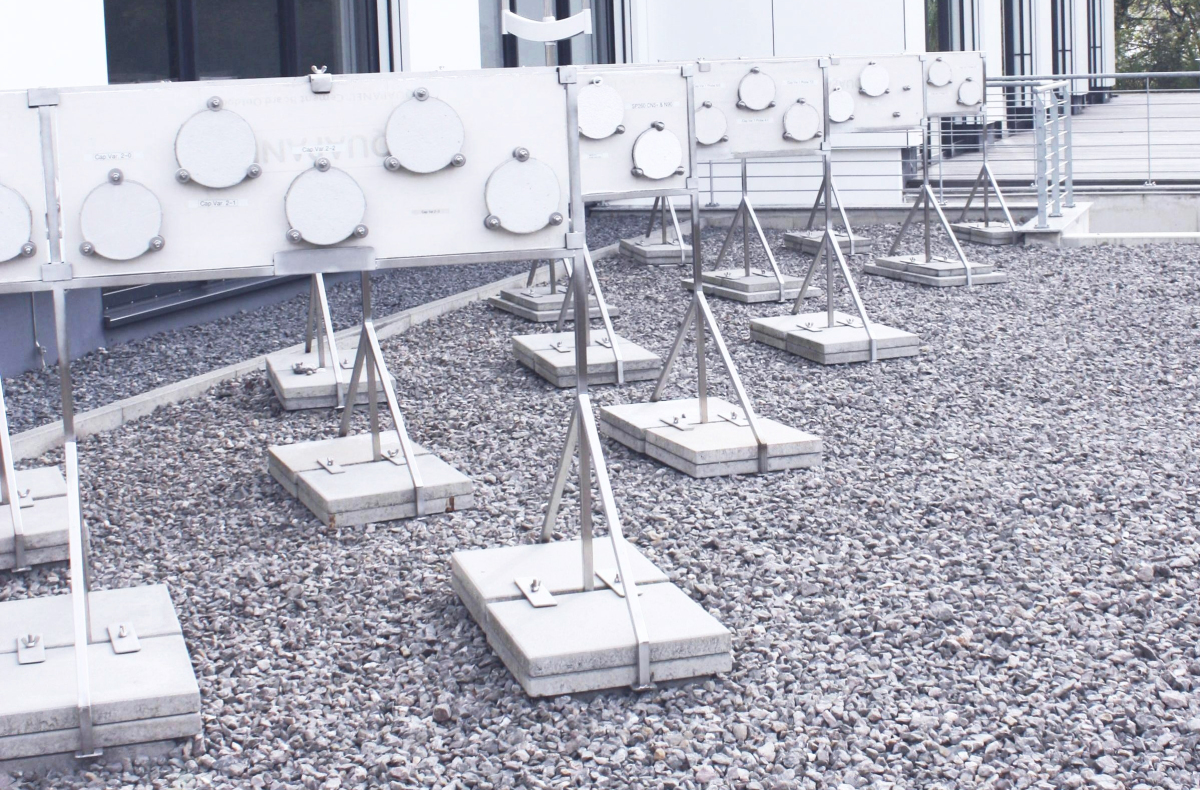Oleochemical Hydrophobing Agents
Hydrophobing agents can come from various areas of chemistry:
Silicone chemistry, such as silanes and siloxanes
Wax chemistry, such as paraffins and montan waxes
Polymer chemistry, such as polyurethanes
Oleochemistry, such as metal and alkaline soaps
Since oleochemical products are based on vegetable and animal fatty acids, they are not only used for their effectiveness but also for sustainability reasons. Common oleochemical hydrophobing agents include metal and alkaline soaps. In addition to serving as hydrophobing agents, these products can also be used as release agents or lubricants.
Metal soaps are referred to as non-reactive single additives. Due to their combination of a metal such as aluminium, calcium, magnesium or zinc and a fatty acid such as stearic acid, they are inherently water-repellent. The polar metal head of the soap disperses due to its high specific surface area and a certain affinity to the mineral components of the building material and aligns accordingly. The protruding fatty acid groups provide the hydro-phobic effect. Metal soaps act as hydrophobing agents upon addition to the building material. The soaps are inert and stable during storage. However, hydrophobization complicates dispersion in water. In comparison to alkaline soaps, higher dosages are required to reduce water absorption to the desired minimum level. Additionally, undesirable air entrapment during mixing can increase the air void content. Adjusting water demand or mixing times and energies can alleviate this issue.
Furthermore, the influence of metal cations on system properties must also be considered. For example, magnesium salts tend to result in softer, well-dispersed fresh mortars, while aluminium soaps, due to their unique metal structure, may enhance the adhesion of the building material to polar surfaces. Zinc soaps, in addition to slightly influencing fresh mortar consistency, also exhibit a mild algicidal character. However, this is not sufficient to entirely prevent microbial infestation. Calcium salts, on the other hand, provide a relatively neutral alternative, as they least affect the physical properties of the building material.
Alkaline soaps are also referred to as reactive single additives. By combining metals such as potassium or sodium with fatty acids such as stearic or oleic acid, a water-soluble product is created that exhibits a hydrophilic character. Only in ionic form does the fatty acid anion react with mineral reaction partners of the building material, such as calcium hydroxide, to form hydrophobic metal soaps. Due to their solubility, the distribution of alkaline soaps is easier. Additionally, the slightly surfactant properties of the anion in aqueous solution also lead to better wetting of the building material in the mixing water. However, the use of alkaline soaps can strongly influence the setting behaviour of certain cements and the air void structure. The extent of such interactions depends on the exact formulations and requires extensive testing.
In general, a distinction can be made between saturated and unsaturated alkaline soaps. Unsaturated variants are typically used as hydrophobing agents due to their good cold-water solubility. Saturated sodium soaps, on the other hand, exhibit high swelling properties compared to unsaturated variants. Therefore, they are more suitable as sealing agents, for example, for concrete applications, as they form gels in water that clog the capillaries.
Combination soaps are mixed products of metal and alkaline soaps, which are becoming increasingly popular as they highlight the advantages of both product categories and mitigate the disadvantages. Alkaline soaps act as a kind of dispersing aid for metal soaps. This significantly improves dispersibility, increases effectiveness, and reduces the influence on air void content. The metal soap component, in turn, enables direct hydrophobization and reduces the effects of alkaline soaps on open time and setting behaviour. By varying the proportions of both components, the desired effects can be reinforced.
The various oleochemical products are all sustainable and efficient choice as hydrophobing agents for building materials. With extensive testing and technical expertise, it is possible to find a suitable product for every application.

